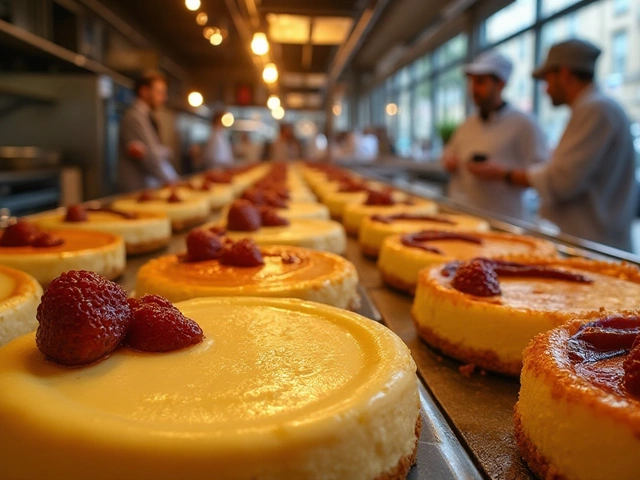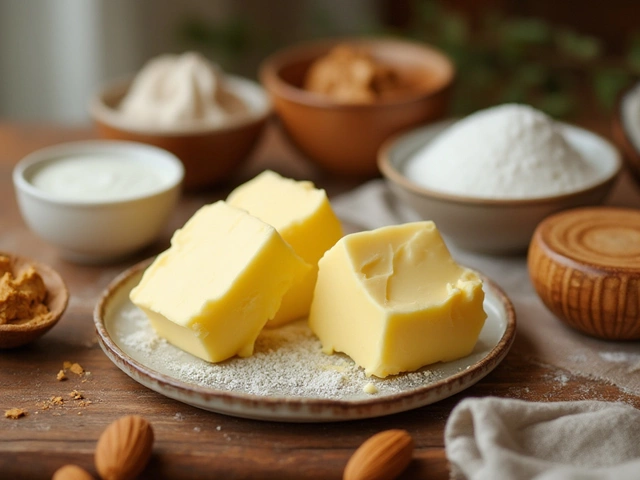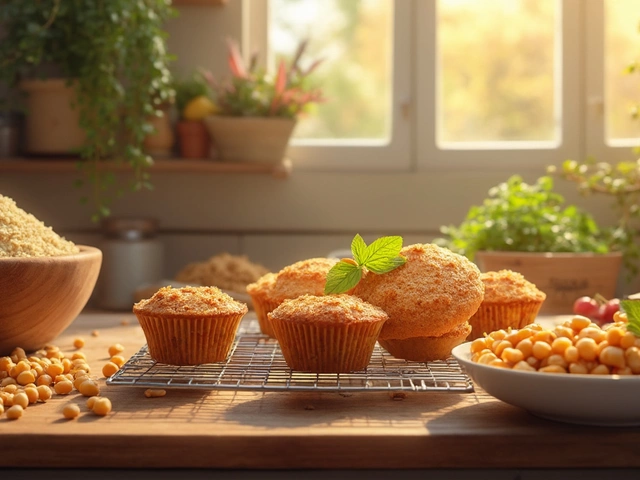Food Safety Basics for Desserts and Baked Goods
When you love making sweet treats, the last thing you want is a food‑borne illness ruining the fun. Even a simple cake or a batch of fudge can become unsafe if you skip a few easy steps. Below are practical tips that keep your desserts delicious and safe, whether you’re a beginner or a seasoned baker.
Clean Hands, Clean Surfaces
Start every bake by washing your hands with soap for at least 20 seconds. It’s a habit that stops germs from jumping onto batter, frosting, or fruit. Wipe down countertops, cutting boards, and mixing bowls with hot, soapy water before you begin. If you’re handling raw eggs—like in a cheesecake—use a separate bowl and a clean whisk. Switching to a dedicated egg‑proof container saves time and cuts cross‑contamination.
When you’re done, sanitize the tools that touched raw ingredients. A quick dip in a solution of one tablespoon bleach per gallon of water does the trick. Rinse well and let them air‑dry before storing.
Temperature and Storage Essentials
Many dessert failures happen because of temperature mistakes. Fudge, for example, needs to reach the soft‑ball stage (around 235‑240°F or 112‑115°C). Using a candy thermometer guarantees you hit the right range and avoids under‑cooking, which can leave the fudge grainy or unsafe.
Egg‑based desserts like tiramisu or cheesecake should stay refrigerated at or below 40°F (4°C). If you’re preparing a tiramisu ahead of a party, cover it tightly with plastic wrap and store it in the fridge for no more than three days. For larger batches, label the container with the date so you know when it’s time to toss it.
Freezing works for many sweets, but not all. Cream‑filled cakes can become watery after thawing, while chocolate brownies freeze nicely. If you decide to freeze tiramisu, wrap each portion in cling film, then put it in a freezer bag to keep freezer burn away. Thaw it in the fridge, not on the counter.
Gluten‑free cakes often sink or turn dense because the batter is over‑mixed or the oven temperature is off. Use an oven thermometer to double‑check your heat and avoid opening the door too often, which drops the temperature and can cause uneven baking.
When you’re removing eggs from a recipe—like in an eggless cheesecake—remember that eggs provide structure and moisture. Replace them with a mix of yogurt, applesauce, or a commercial egg replacer, and keep the mixture chilled until you’re ready to bake. This prevents bacterial growth that could happen if the batter sits at room temperature for too long.
Finally, always trust your senses. If a frosting looks grainy, smells sour, or a jam has a strange texture, it’s better to start fresh than risk illness.
By keeping hands clean, watching temperatures, and storing desserts properly, you’ll enjoy sweet successes without the worry of food safety mishaps. Happy baking!
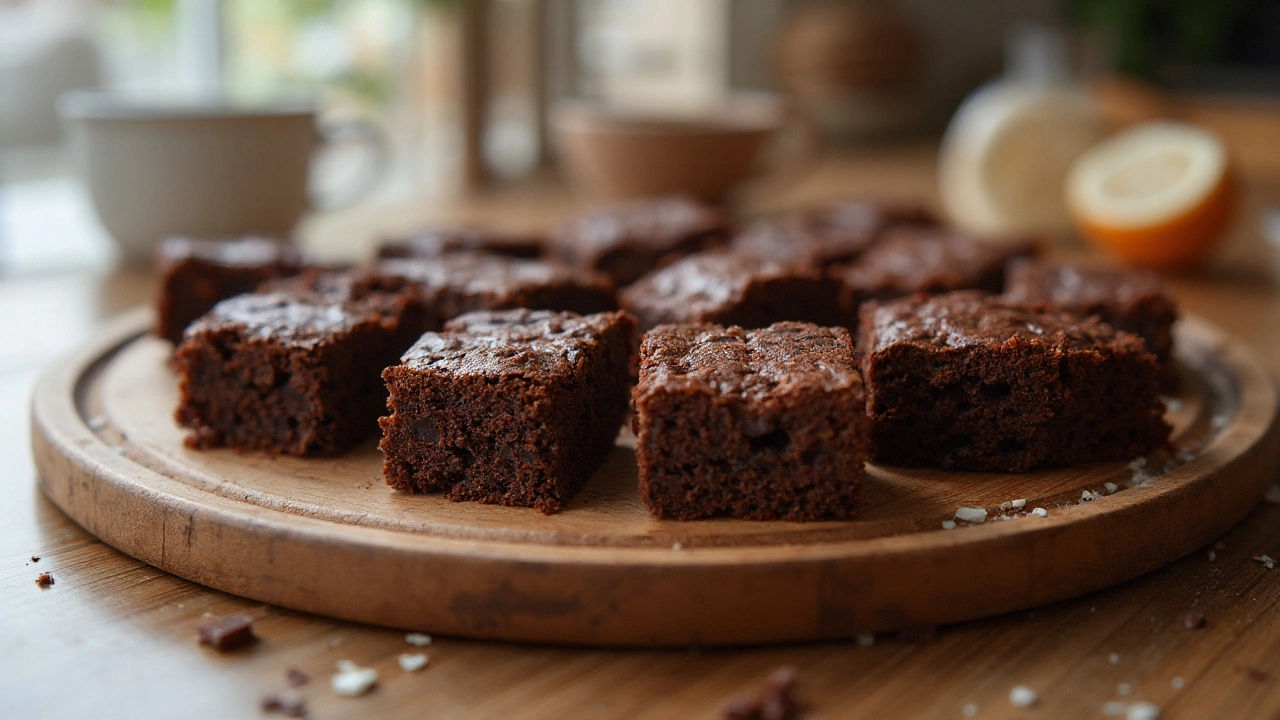
How to Tell If Brownies Are Bad: Easy Signs Your Brownies Spoiled
Wonder if your brownies have gone bad? Find clear signs, storage tips, and how to keep brownies fresh (and safe) so you never have to guess again.
View More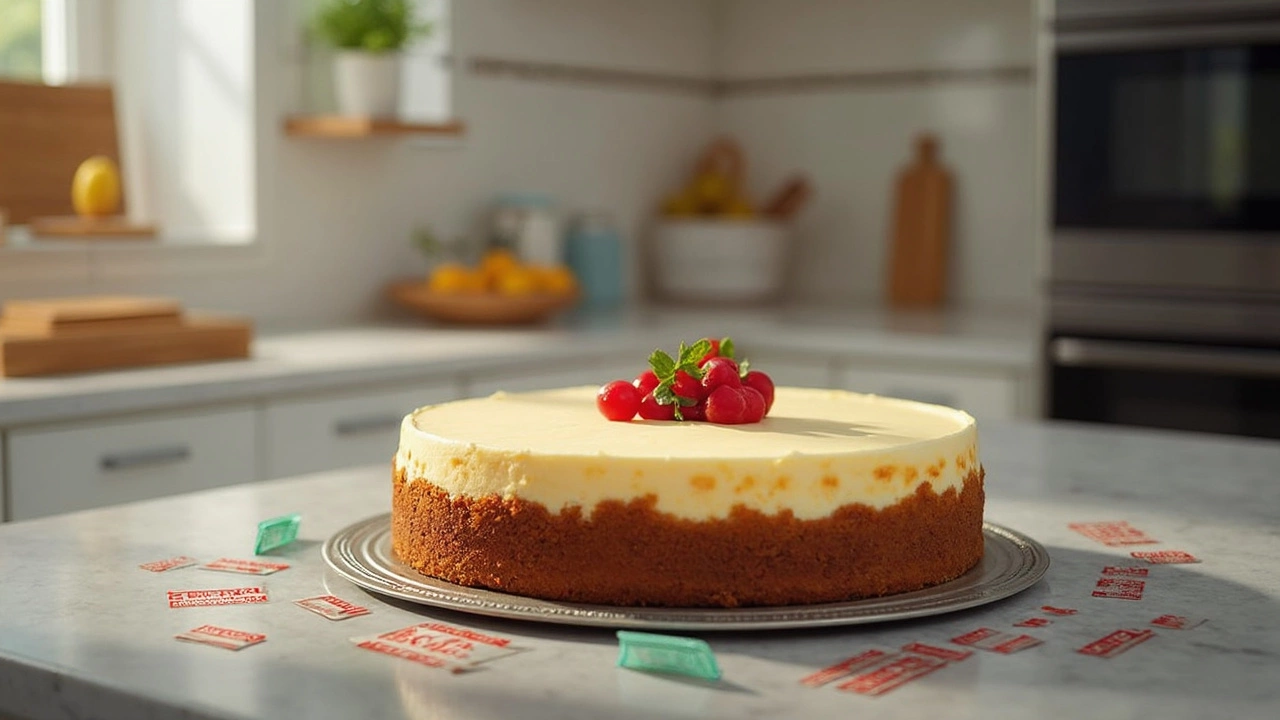
When Should You Avoid Eating Cheesecake? Essential Health Tips and Facts
Discover surprising reasons to skip cheesecake. Learn about food safety, health risks, allergies, and smart storage. Stay safe and enjoy dessert smarter!
View More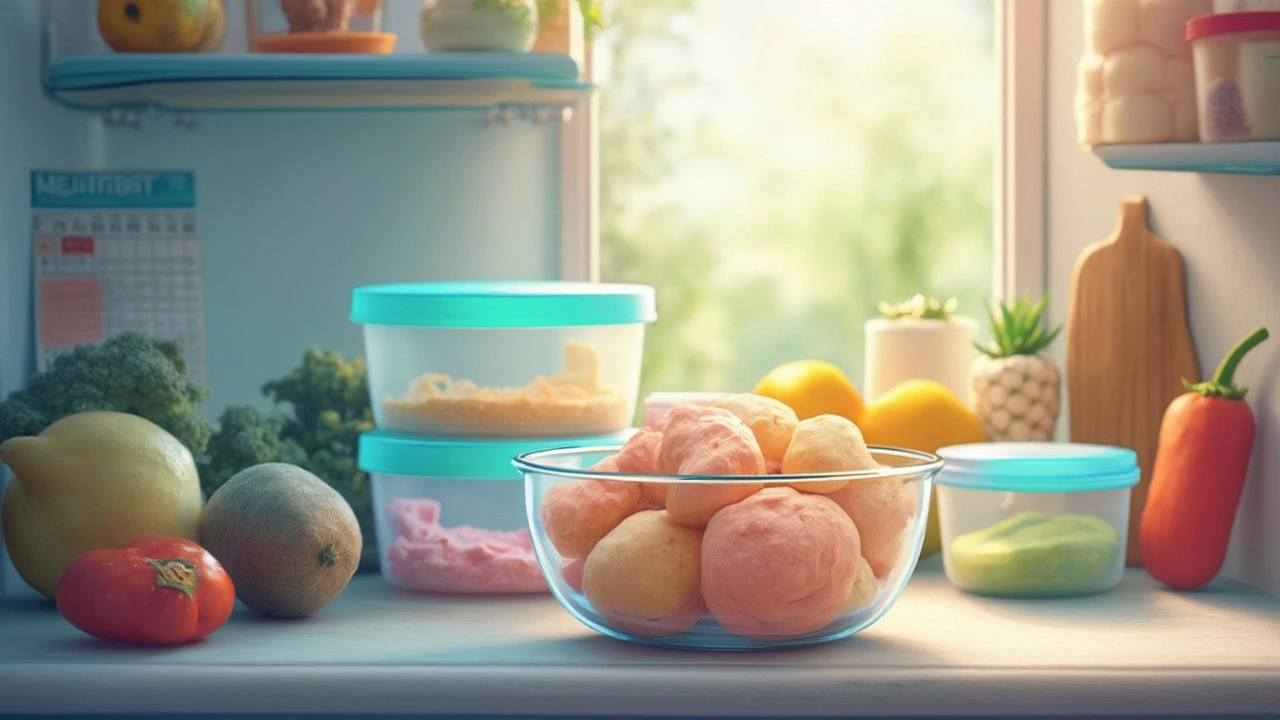
How Long Does Fresh Pastel Dough Last in the Fridge?
Wondering how long your fresh pastel dough can hang out in the fridge before it goes bad? The right storage methods keep your dough tasting great and safe to eat. Learn the real shelf life, signs your dough’s headed south, and quick ways to make it last longer. If you love fried treats or prepping desserts early, here’s what you need to know to avoid waste and food poisoning. Let’s get your pastel dough game on point.
View More

